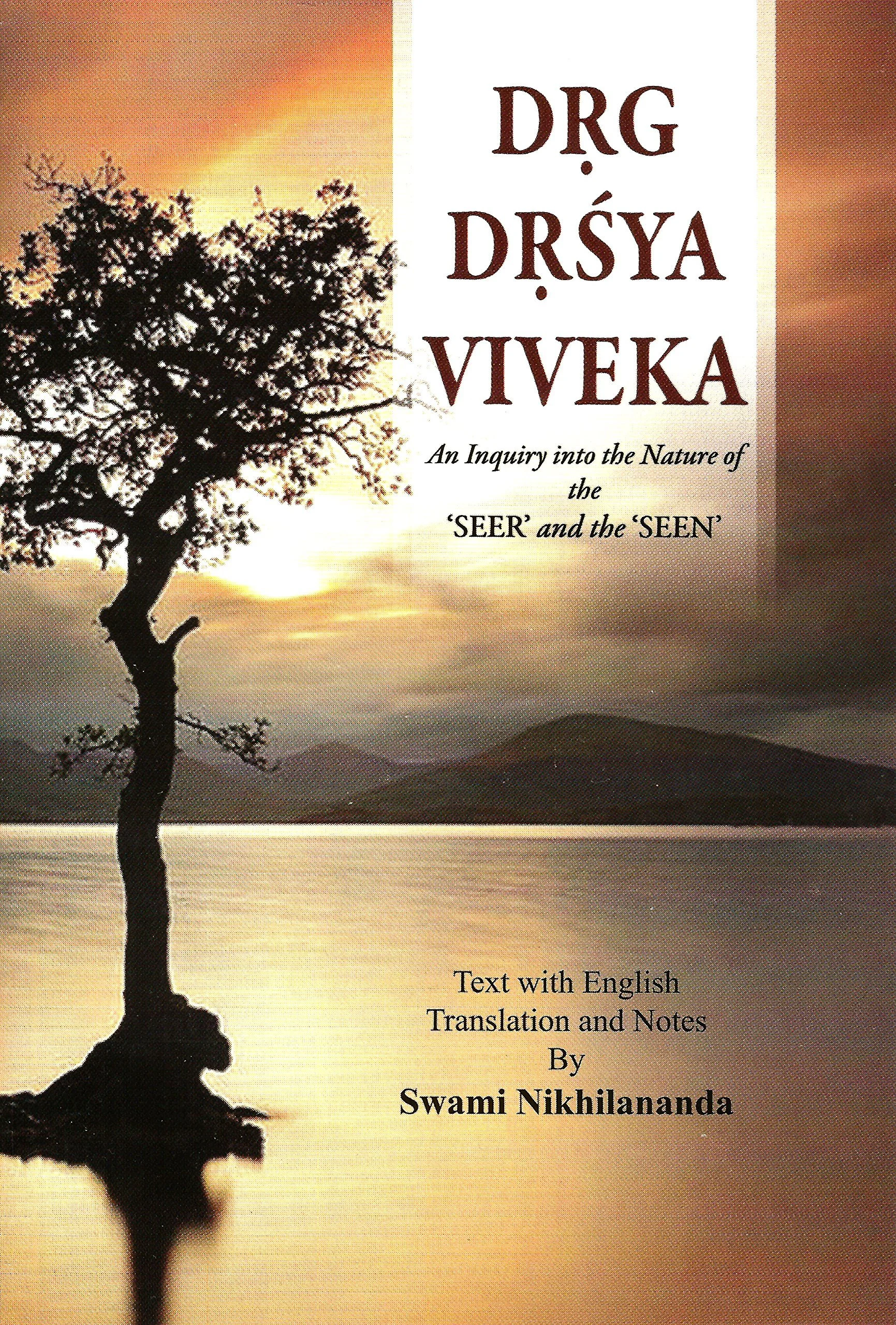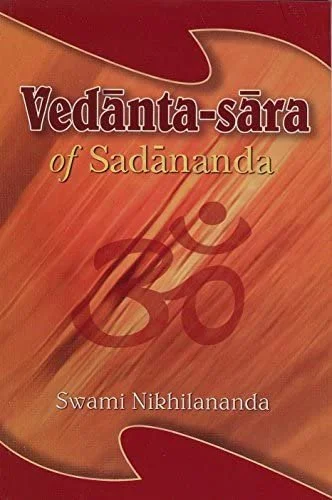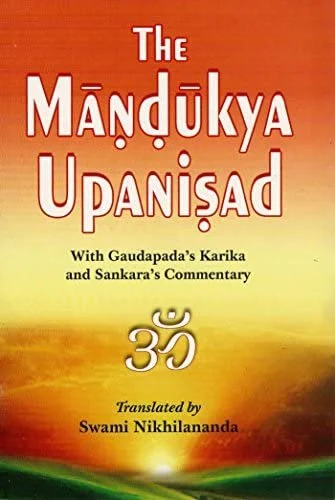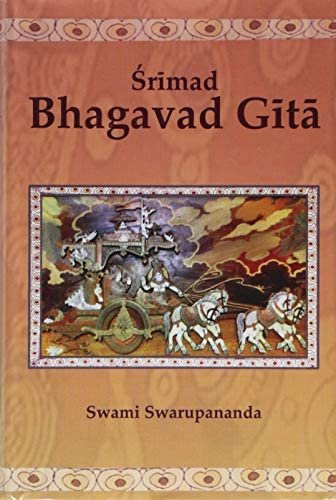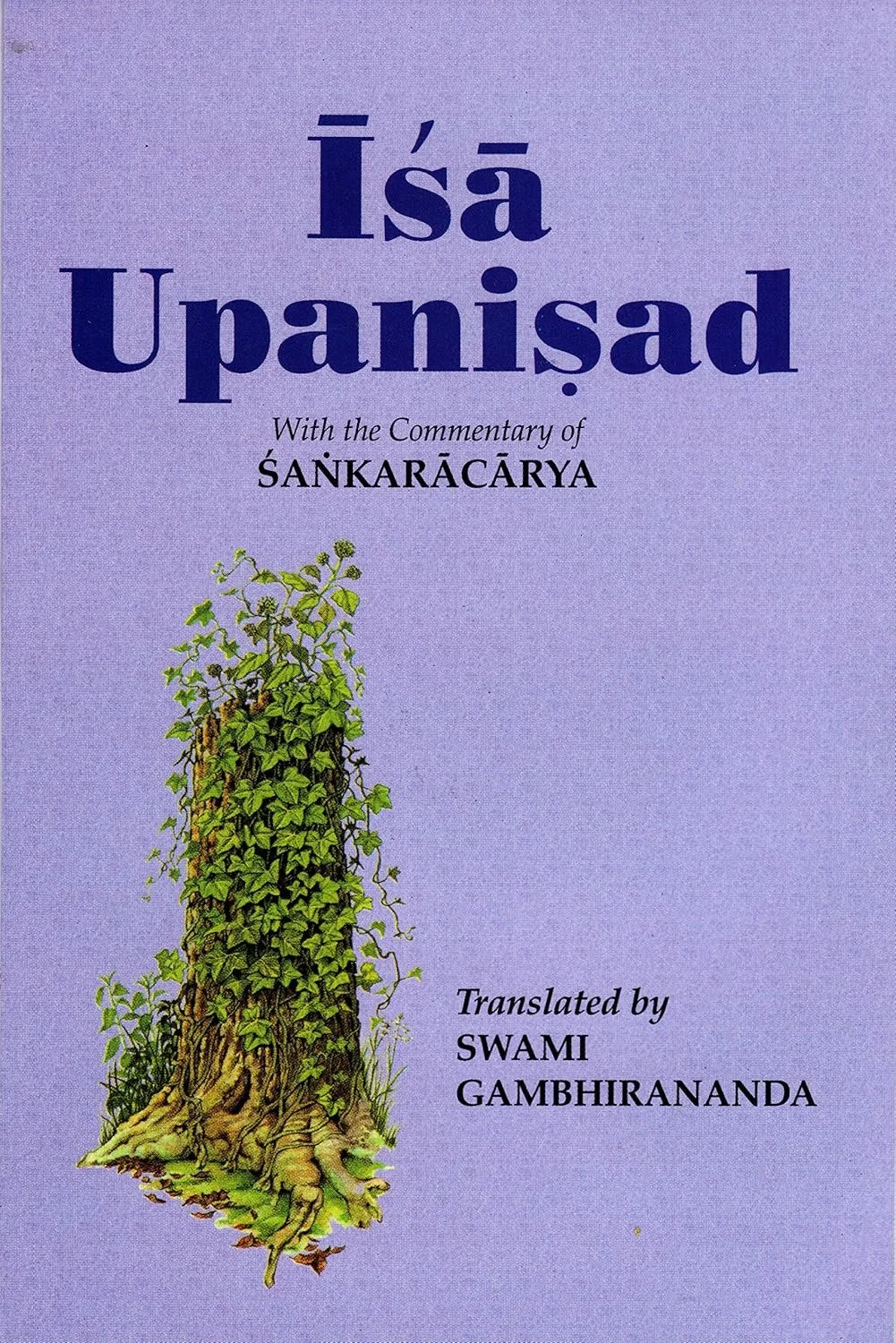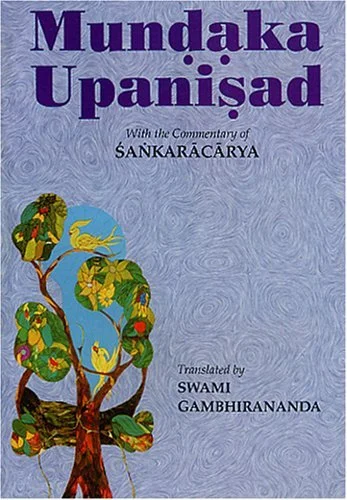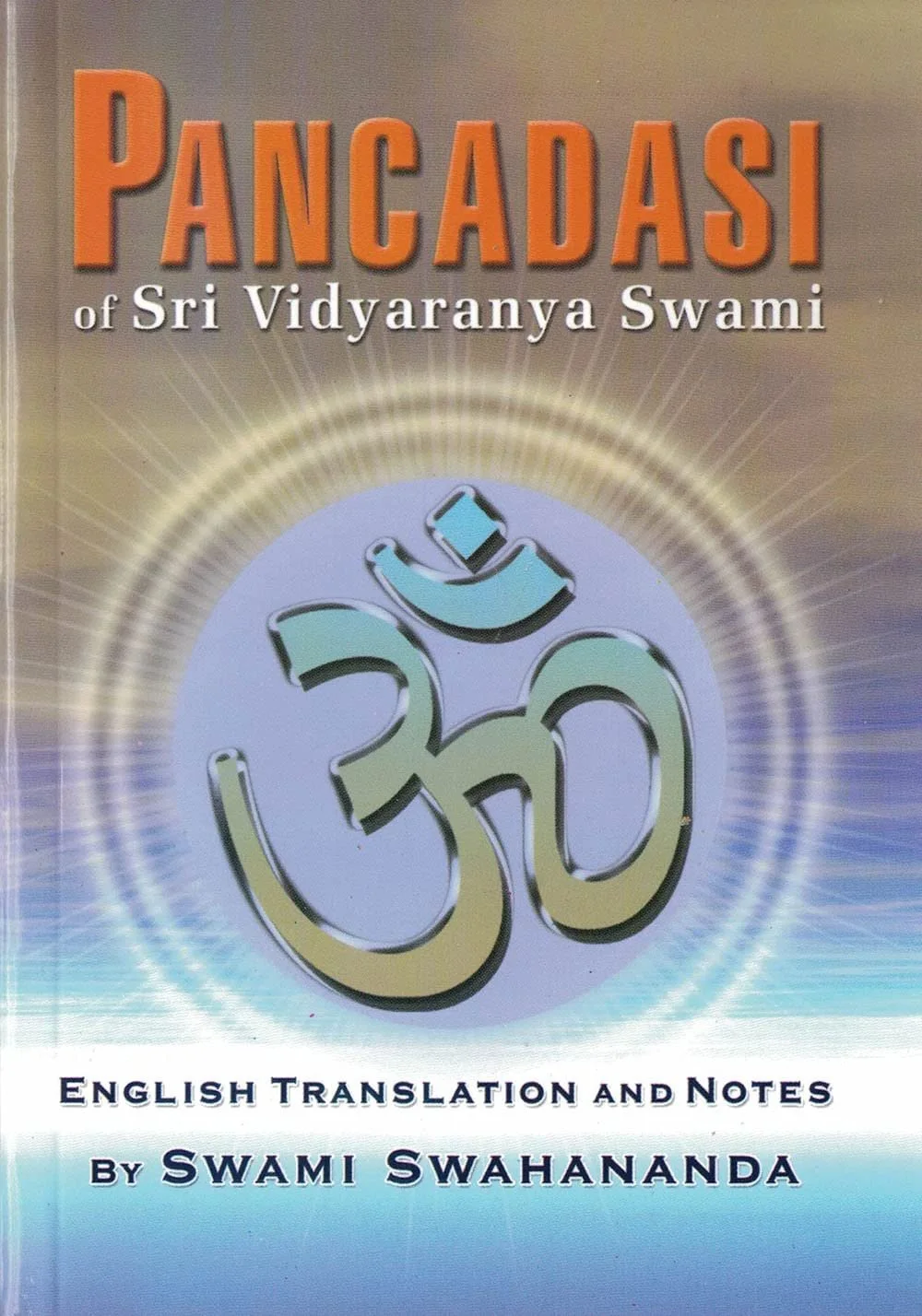Lectures on Scriptures
Given by Swami Sarvapriyananda
Drg Drsya Viveka
A major work of Adi Shankaracharya on Advaita philosophy. The central theme of the book is the identity of the Individual self with the Universal Self. In other words, we as individuals are the Universal Self. The goal of life is to realize this truth.
Aparokshanubhuti
The Aparokshanubhuti is a famous work attributed to Adi Shankaracharya. It is a popular introductory work that expounds Advaita Vedanta philosophy. It describes a method that seekers can follow to directly experience the essential truth of one's nature.
Vedantasara
While not discarding faith in any religion, Vedanta rests ultimately on the light of reason, or Buddhi, giving it a natural appeal to rationally inclined people the world over. 'Vedantasara' is one of the best known examples of the philosophy of the Upanisads as taught by Sankaracarya. It is truly the essence of Vedanta.
Mandukya Upanishad
The theme of the Mandukya Upanishad is an exposition of the Mystic Syllable, Om, with a view to training the mind in meditation, for the purpose of achieving freedom, gradually, so that the individual soul is attuned to the Ultimate Reality.
Bhagavad Gita (Ongoing)
The Shrimad Bhagavad Gita, often referred to as the Gita, is a 700-verse Hindu scripture that is part of the epic Mahabharata, dated to the second half of the first millennium BCE and is is considered to be one of the holy scriptures for Hinduism. Lectures uploaded weekly to the collection.
Gospel of Sri Ramakrishna
The Gospel of Sri Ramakrishna as translated by Swami Nikhilananda offers the reader a penetrating view into the spiritual wisdom of India. On account of his deep mystical experiences and constant absorption in God, Sri Ramakrishna (1836 - 1886) is regarded as being of the stature of Krishna, Buddha, and Christ.
Katha Upanishad
The scripture concerns the story of a young man who goes to the house of death to find out what happens after death. The reply describes the nature of reality and the meaning of life. This scripture is one of the most popular Upanishads. Lectures uploaded weekly to the collection.
Kena Upanishad
The Kena Upaniṣad, from the Sāma Veda, explores the source of consciousness and asks: “By whom is the mind directed, and who impels the senses to act?” It teaches that behind all thought, perception, and life is the supreme reality, Brahman, which cannot be grasped by the mind or senses but is their very basis. By realizing this subtle truth, one moves beyond ignorance and attains immortality.
Isha Upanishad (Ongoing)
The Īśa Upaniṣad, part of the Śukla Yajur Veda, opens with the idea that all is pervaded by the divine. Unique among Upaniṣads, it blends renunciation with active living, teaching us to perform duties without attachment while seeing the Self in all. This harmony of action and knowledge guides seekers toward liberation through realization of oneness.
Mundaka Upanishad
The Muṇḍaka Upaniṣad, from the Atharva Veda, distinguishes between higher knowledge (para vidyā), which leads to realization of Brahman, and lower knowledge (apara vidyā), which covers rituals and worldly learning. Using vivid imagery, it describes the Self as the imperishable reality, like two birds on the same tree—one eating the fruits (the individual soul) and the other simply witnessing (the supreme Self). It emphasizes renunciation, devotion, and direct knowledge of Brahman as the path to liberation.
Panchadasi of Vidyaranya
The Panchadaśī, a 15-chapter text by Vidyāraṇya (14th century), is a central work of Advaita Vedānta that systematizes and explains non-dual philosophy in a clear, practical way. Divided into three sections—viveka (discrimination), dīpa(illumination), and ānanda (bliss)—it explores the nature of the Self, the illusory play of Māyā, and the experience of supreme bliss through realization of Brahman. Revered as both a philosophical manual and a meditation guide, it remains one of the most accessible yet profound summaries of Advaita thought.

